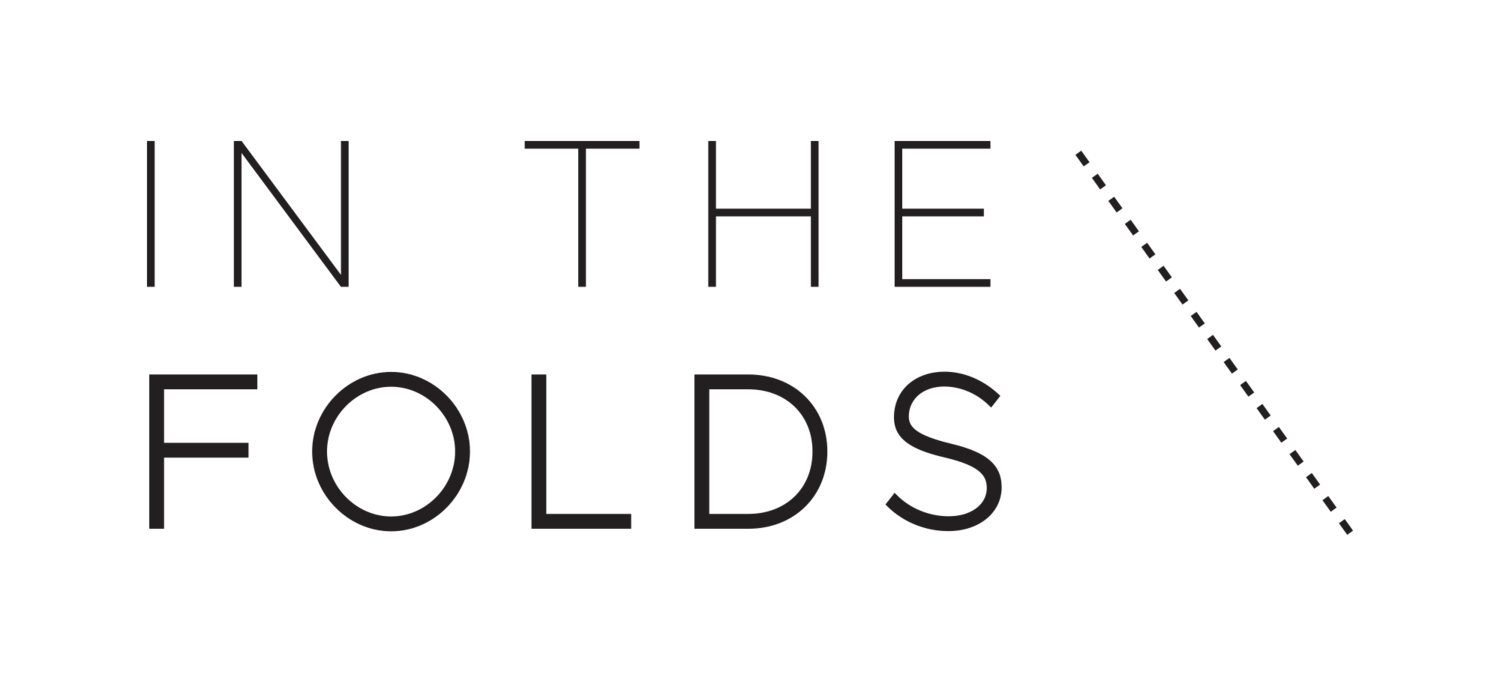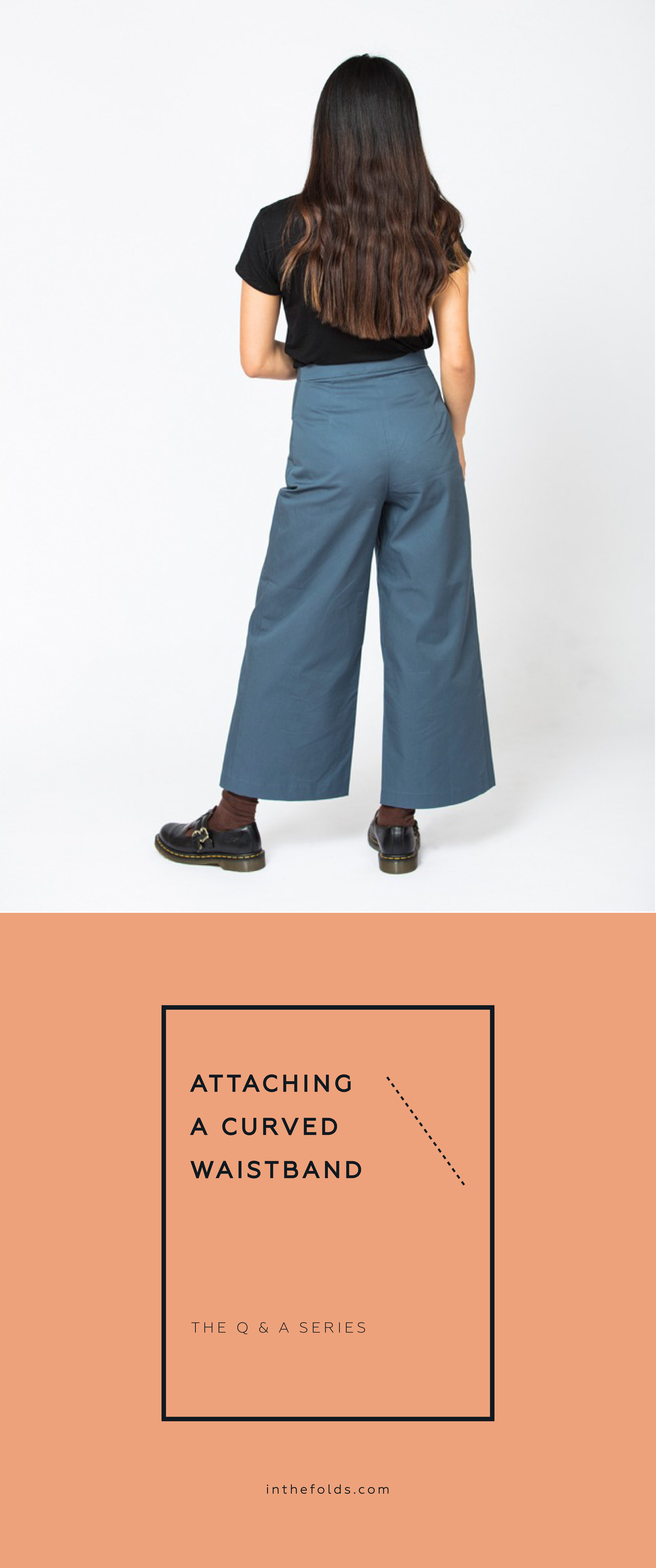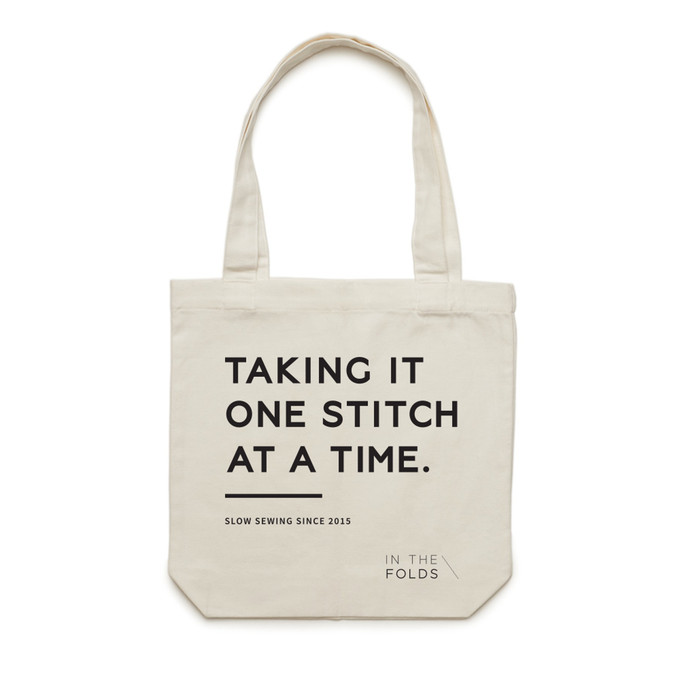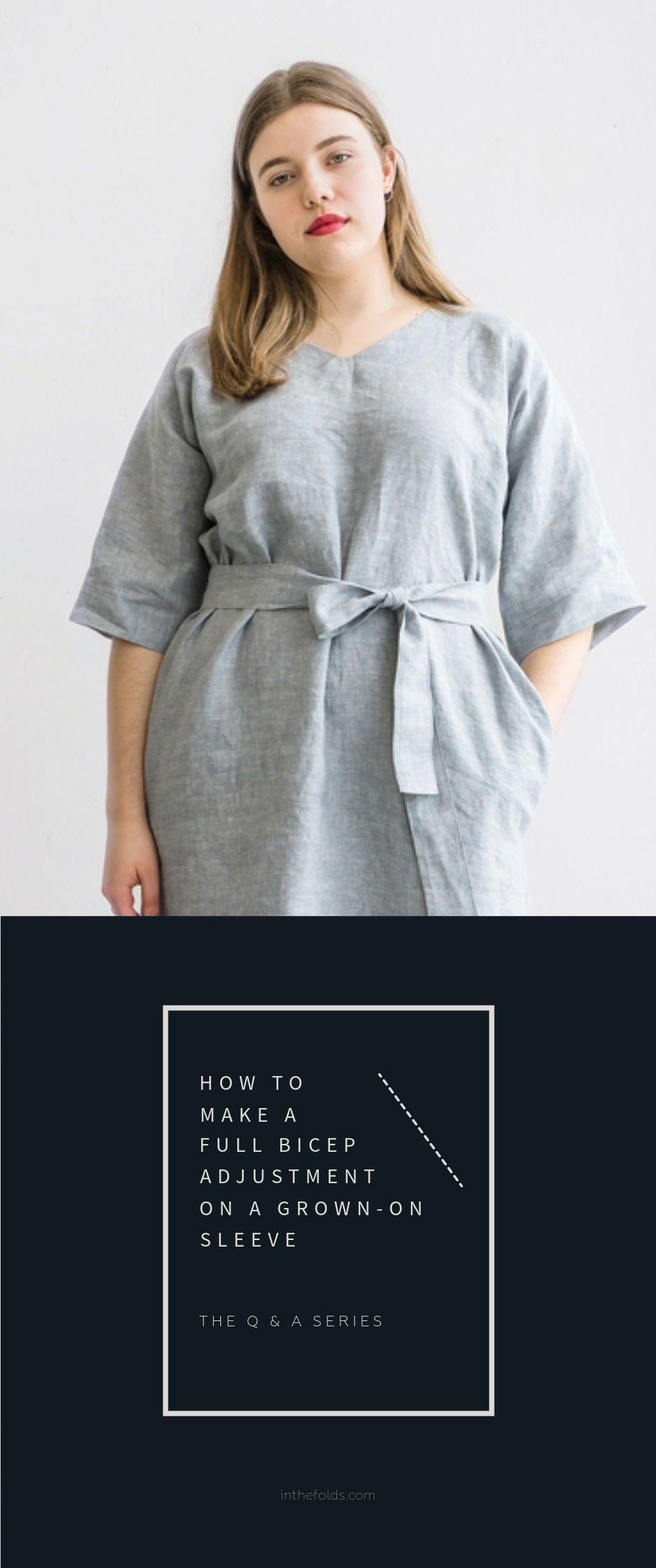THE Q & A SERIES - MAKING A PLAN FOR THE YEAR / QUARTER
Hi Emily,
I messaged you recently about a post you made on Instagram talking about something you’re using to help you stay on top of your work. Would love to know what you’re using!
(The fact that it has taken a week for me to email you should be indicative of my current state of affairs!)
thanks so much,
- Dawn
Hi Dawn,
Thanks for the email.
I am sorry to hear you are struggling to keep on top of things. I totally feel your pain and was definitely in the same state for the first 3 years of running my business!
I am very happy to share with you what I have learned, in the hope it may help you too!
THE SYSTEM
The system I am using is probably something you could do in any project management program, or even in a paper diary, as I think it's more about the concept rather than the tools.
I am currently following this system in the project management system I use (Trello) as well as a paper planner (the planner is something I created myself which has been growing and adapting as I work out what works best for me). I am using the two formats as I do like the ability to sit down regularly and write on paper, particularly for the reflection exercises I do and the weekly planning, but then transferring all the important bits to Trello means that I can access my plan wherever I am, as I have the app on my phone - so that is really handy.
GOAL SETTING
For me, I think the goal setting is one of the most important parts of this system. Having my goals set and sorted means that I have a north star - something to refer to when I have difficult decisions to make or need to prioritise projects or tasks.
I spent a day at the beginning of the year doing some overall goal setting and thinking about what I wanted to work on for the year. I did this by reflecting on the previous year - what worked, what didn't and thinking about how I was feeling about each aspect of my life - things like business, finances, health etc. I used a simple ranking system (1-10) in each area to see what areas needed some work.
I didn't want to overwhelm myself with goals, so came up with just three to focus on for the year. My main goal is pretty simple and something I can keep coming back to when I'm questioning whether I should do something. It is related to the number of patterns I want to produce / release this year. I then have a few secondary goals that are more related to my personal life.
QUARTERLY PLANNING
I then decided to split the year into quarters - and this is probably the thing that has been the game changer for me. I created lists for the 12 weeks of each quarter (plus a 13th week that is a break week) and worked out when things needed to be done to meet the goal for the quarter.
For example, when I was creating patterns in collaboration with Peppermint magazine I put in the deadline for the sample to be made and then for the pattern to be published - these milestones were set in stone so it was very important I could always meet those deadlines. I would put the deadlines in my quarterly plan and then with this information I then worked out at what point I would need to send the pattern to be graded and illustrated (it takes the freelancer I work with 4 weeks to do it, so that helped me work out when it needed to be sent). From that I could go week by week and work out when the design needed to be finalised, when I needed to order fabric etc. I find the easiest way of doing this is by setting the project completion date and then working backwards, week by week, until all aspects of the project are accounted for.
I then did the same thing for my own patterns - working out timing in relation to the Peppermint pattern (as I can't swamp my freelancer with 2 jobs at the same time). I was realistic about how long things actually take me. For example, if I am working on a new pattern, I give myself the full quarter to work on design and development, so that means if there is a week without a more pressing deadline, I set a day aside to work on design and development. I did this for each task I wanted to complete for the quarter - trying to be realistic about what could actually get done.
For pattern releases, I put notes in the weeks before to do things like contact the testers, prepare website pages etc. For sample making, I put things like washing the fabric in my plan - this means I can be a lot more organised and also batch tasks when possible.
BREAKING IT DOWN FURTHER
Once I have a basic idea of what needs to be done when in the quarter, I add more detail. I have a list for each week of the quarter (I don’t plan any further than the quarter ahead, although have a rough idea of what will be happening for the remainder of the year. For a really small business, I think it’s difficult to realistically plan for more than 3 months in advance - so that’s the way I like to do things).
I then break each weekly list up by day and batch tasks together. This way I can see if I am setting myself reasonable amounts of work. For example, I only have 3 days a week to work on my business, so I might say, this week Wednesday is for admin and I batch all my tasks, Thursday is for sample sewing and Friday is for pattern creation and digitsation (computer based work). If something doesn’t fit or I realise I have overloaded myself - I will move the task to another week in the plan where it fits better. I find this the best way to set myself up for success, rather than packing my days to the brim and then feeling frustrated and overwhelmed when I (inevitably) don't manage to get everything done. If there is a conflict, I can look back at my goals and work out what is the priority, or consider getting outside help if it looks like I can't get through everything I need to get done.
I use the previous quarterly plan as a guide each time I sit down to do quarterly planning and tweak as I learn how long things really take. It’s a work in progress and I imagine that it is something that will always be changing and adapting as my business grows. But it's good that after I created my quarterly plan the first time, I have been able to just tweak it each quarter and have not needed to start from scratch.
WEEKLY PLANNING
As well as my 'Quarterly plan,' I have a 'Weekly to do' board in Trello. On a Sunday I do a reflection exercise from the previous week and take note of anything that didn’t get done, anything I’m struggling with etc. I then take a fresh weekly plan and copy down all the tasks from my Quarterly plan - allocating each task to the work days I have available. I do this all in my paper planner before transferring it to Trello (as mentioned earlier, I like having a digital copy so I can always access my plan on my phone, using the Trello app, even when I don’t have my planner with me).
I set a couple of goals / milestones for the week to ensure I am focused on my larger big-picture goals and am focused on doing the right work to get me there. I also add any tasks that I didn’t complete the previous week back into the current weekly plan.
DAILY CHECK-IN
Something I have added to my planner recently is space for a daily check-in. I realised that it was great to feel productive and get everything done, but there wasn’t any space in my day / plan for checking in and taking stock. I now answer a few questions each morning and evening in my planner (such as ‘What is the one thing you would like to get done today?’ ‘What will you do to celebrate completing it?’ 'What are you grateful for today?') and that is really helping me feel good about what I am achieving as well as reminding myself to schedule joyful things in my days too.
SCHEDULED BREAKS
Scheduling a break week has also been a game changer. It was so good last quarter to actually take scheduled time off and see it as a celebration for the hard work I had done. I think as creative business owners this is probably something we struggle with the most.
THE BENEFITS
The thing I have found most beneficial about the plan is that it has given me permission to not do certain things. It gives me a place to dump all the information so that when I am ready to do a particular task it is there. For example, I might suddenly think, 'I have to make a sample of xxx' and then I see it's in the plan for 2 weeks time and I can just forget about it. Prior to this I was just trying to work on everything at the same time and felt like I was never completing anything.
Working this way has also helped me realise that there are only so many hours in the day and to not over-commit myself. I try to be realistic about how long things will take so that I don't always feel like I am behind. I always try to make make my daily task list reasonable and achievable. If you struggle with this - consider writing down how long you expect the task to take next to each item. I often do this when I am feeling overwhelmed and suddenly realise I have scheduled 16 hours worth of things in a day - which is obviously setting myself up for defeat.
Although I try to always follow my plan, I am also working on going easy on myself when things don't go to plan. Most of my deadlines are self-imposed, and pushing something back by a couple of weeks is not going to be the end of the world.
Best of luck with it!
Emily
RESOURCES MENTIONED IN THIS ISSUE
Trello can be found here.
P.S. Would you like to know what the Q & A series is all about? This page tells you a little bit more about the motive behind the series.
Don't have a question, but found this newsletter helpful? I'd love to hear from you! Get in touch and say hi.

































